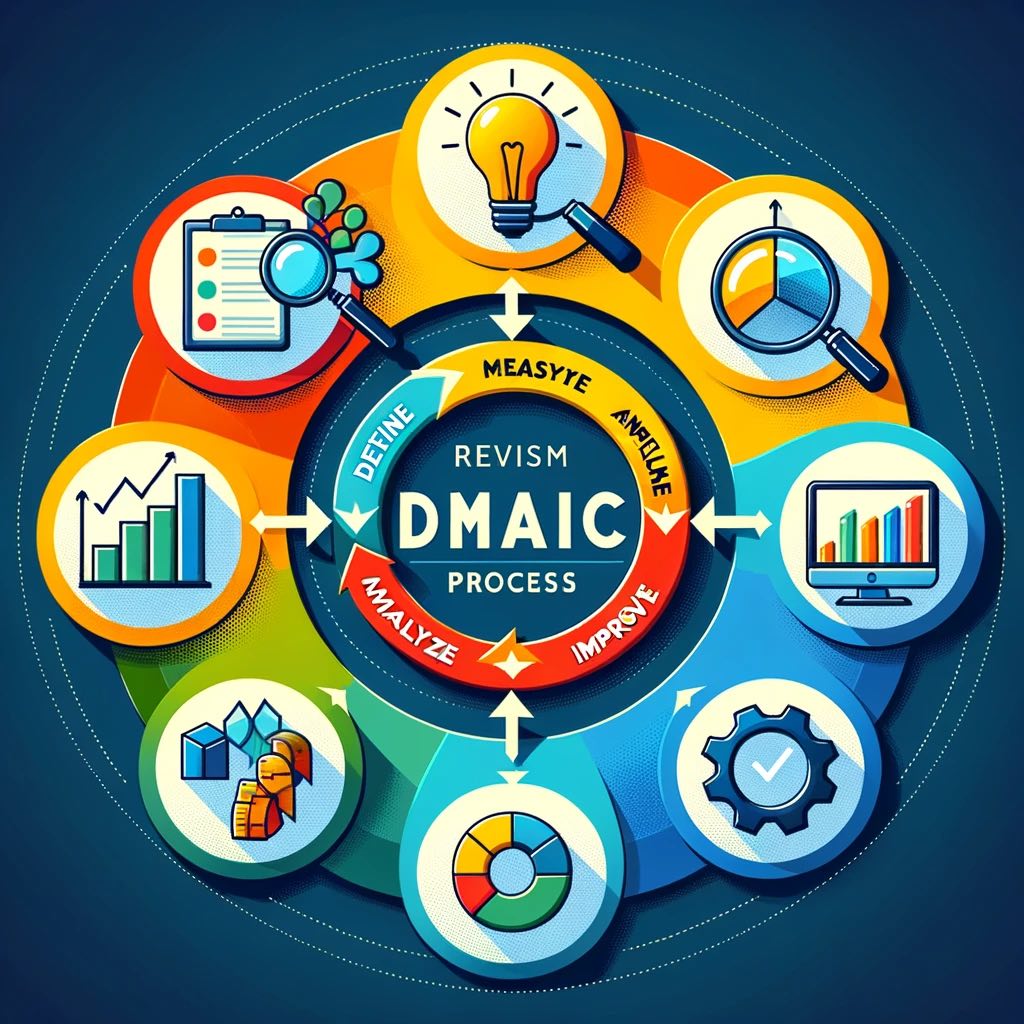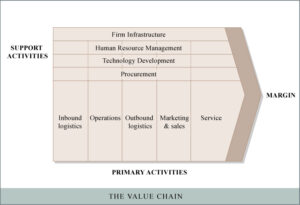DMAIC

DMAIC stands for Define, Measure, Analyze, Improve, and Control. It is a data-driven quality strategy used for improving processes. DMAIC is a core tool in Six Sigma projects but is also used independently in process improvement efforts. Here’s a breakdown of each phase:
- Define: This phase involves clearly defining the problem or the goal of the improvement activity. It includes identifying the process to be improved, setting project objectives, and defining the scope of the project.
- Measure: In this phase, current processes are measured to establish baseline data. This involves collecting relevant data on current performance to identify problems or opportunities for improvement.
- Analyze: Here, the data collected in the Measure phase is analyzed to determine root causes of defects or issues. Various analytical tools are used to understand process flow and identify bottlenecks or variations.
- Improve: In this phase, solutions are developed to address the root causes identified in the Analyze phase. This may involve redesigning existing processes or developing new ones. The solutions are tested and implemented.
- Control: The final phase focuses on maintaining the improvements. It involves putting tools in place to monitor the improvements to ensure that the changes are sustained over time. This might include implementing control charts or other monitoring strategies.
Similar Tools and Methodologies:
- PDCA (Plan-Do-Check-Act): This is a four-step management method used in business for the control and continuous improvement of processes and products. It is similar to DMAIC but often used in more iterative, ongoing processes.
- DFSS (Design for Six Sigma): While DMAIC is used to improve existing processes, DFSS is used to design new processes or products with Six Sigma quality from the beginning.
- Lean Management: Lean focuses on waste reduction and efficiency, much like the Improve phase of DMAIC, but it’s a broader organizational philosophy.
- Total Quality Management (TQM): This is a long-term approach to achieving customer satisfaction that involves all members of an organization. TQM and DMAIC share a focus on quality improvement, though TQM is more holistic.
Understanding and comparing these methodologies can help management consultants determine the most suitable approach for a particular business context or improvement initiative.



